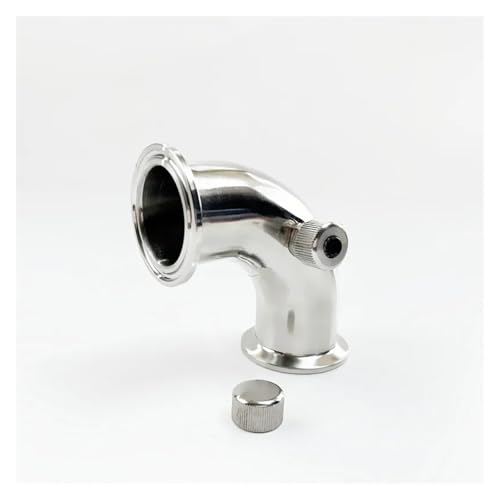- Joined
- Oct 4, 2019
- Messages
- 493
- Reaction score
- 739
Evening everyone. I'm having a bit of a 'mare tonight. It's bottling day and having never had an issue with stuck fermentations, went ahead and prepared my priming solution, sanitised all my equipment,- 5L mini keg, 30 bottles and bottle caps. As you know, that takes quite a while. Then I took a sample from the FV to confirm what I expected to be an FG of 1012 to 1014.......feck, feck, feck, it's 1026. Feck.
Has anyone else had stuck fermentations with CML Four?
So, I've racked it off the lees and cacao nibs, into a secondary FV and plan to leave it a few days in the hope that maybe it's kicked into life again, and check the gravity again in a few days.
FYI - OG was 1046. Batch size was 19L in the FV. Done this recipe before but a scaled down 10L batch, using S-04 without a problem.
PS - Will a bit of tinfoil over each bottle be OK for a few days so that I don't need to do the whole sanitisation palaver again? I've sanitised and screwed the lid on to the mini keg.
Has anyone else had stuck fermentations with CML Four?
So, I've racked it off the lees and cacao nibs, into a secondary FV and plan to leave it a few days in the hope that maybe it's kicked into life again, and check the gravity again in a few days.
FYI - OG was 1046. Batch size was 19L in the FV. Done this recipe before but a scaled down 10L batch, using S-04 without a problem.
PS - Will a bit of tinfoil over each bottle be OK for a few days so that I don't need to do the whole sanitisation palaver again? I've sanitised and screwed the lid on to the mini keg.









![BREWING THERMOMETER STICKERS ACCURATELY MONITOR FERMENTING BEER & WINE LIQUID TEMPERATURES 5PCS HOME BREW SPIRITS WINE LCD ADHESIVE [US]](https://m.media-amazon.com/images/I/311DDjo2X3L._SL500_.jpg)

































